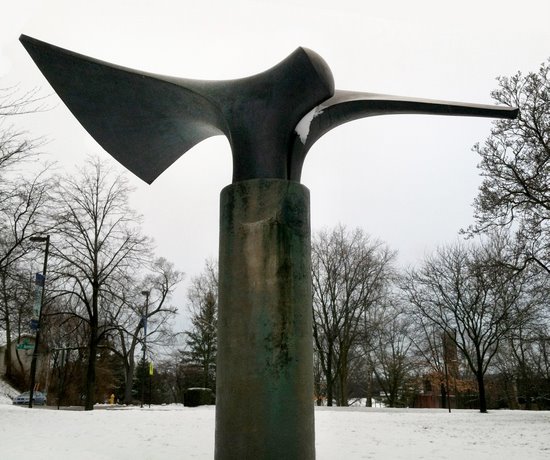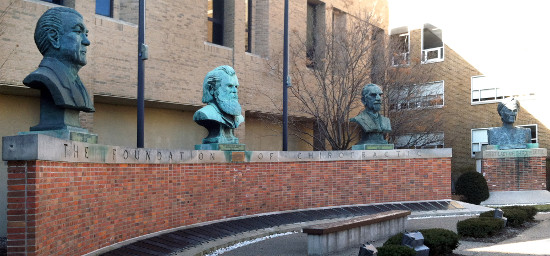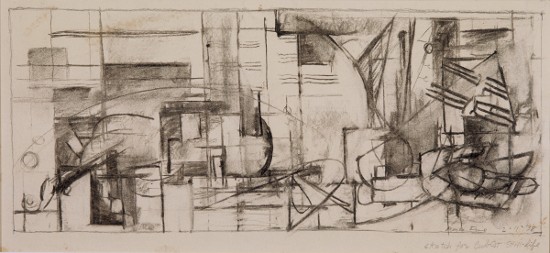
The Abstract Expressionist artist Perle Fine once said, "If I feel something will not stand up 40 years from now, I am not interested in doing that kind of thing."
Susan Knowles, who curated the career retrospective Tranquil Power: The Art of Perle Fine that closes October 23 at the Augustana College Art Museum, believes that the artist's output met that high standard.
The irony is that Fine, late in her life and until the past decade, was largely "forgotten," Knowles said in a recent phone interview.
Part of that is a function of Abstract Expressionism being distilled in the cultural memory to a few key figures. "Now it seems like all we know is Pollock and de Kooning," Knowles said.
But even though Fine was an active, exemplary, and important participant in the mid-20th Century movement, her notoriety diminished over time while many of her peers' didn't. She was interviewed, covered by the media, collected, and invited by Willem de Kooning to join the exclusive Artists' Club. Yet when the Whitney Museum of American Art in 1978 organized a show about the "formative years" of Abstract Expressionism, for example, it omitted Fine.

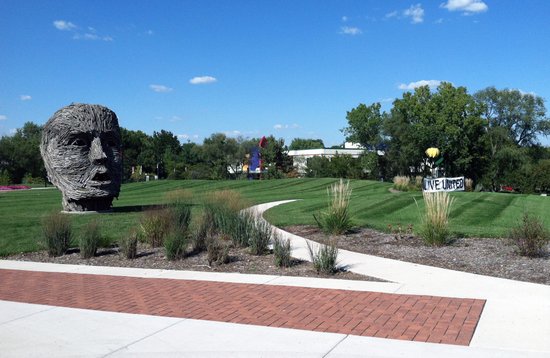
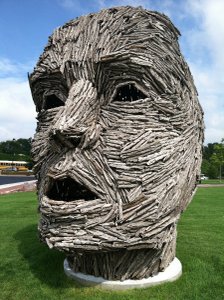

 I also saw a set of century-old photos of a roller coaster, merry-go-round, music pavilion, bowling alley, tunnel of love, and steep water ride - proclaimed as the largest amusement park west of Chicago - at the present-day location of the Black Hawk State Historic Site. It is so strange to see old photos that are identified as places we know well, yet little in them is familiar.
I also saw a set of century-old photos of a roller coaster, merry-go-round, music pavilion, bowling alley, tunnel of love, and steep water ride - proclaimed as the largest amusement park west of Chicago - at the present-day location of the Black Hawk State Historic Site. It is so strange to see old photos that are identified as places we know well, yet little in them is familiar.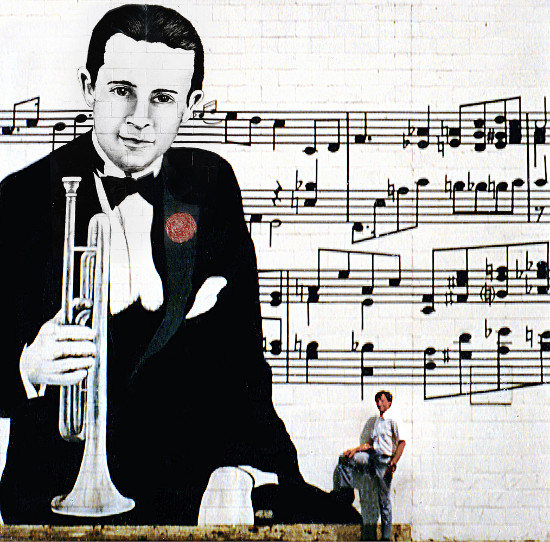
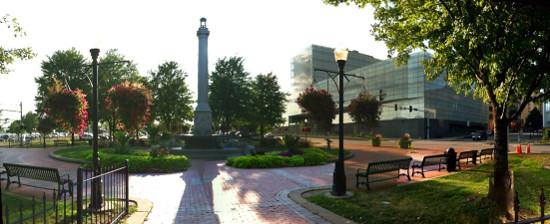
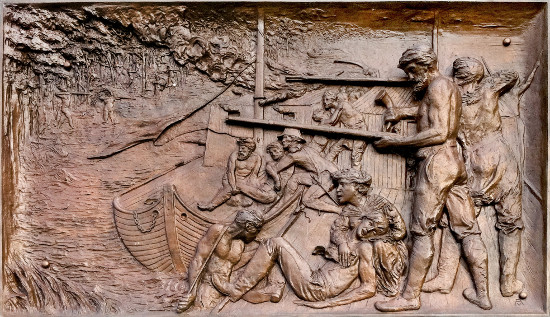
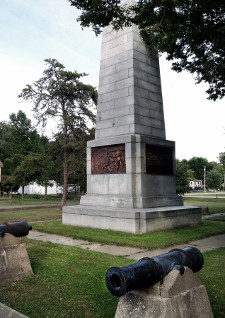 Campbell's Island is just north of East Moline, accessible from Illinois Route 84. The island is named for U.S. Lieutenant John Campbell, who was leading three gunboats past it on July 19, 1814, when his boat was grounded during a storm. While vulnerable, they were attacked by an estimated 500 Sauk warriors allied with the British Army. The attack led by Black Hawk and the ensuing fight became known as the Battle of Rock Island Rapids - one of the most western battles of the War of 1812. In all, there were between 35 and 37 casualities (depending on the source) among Campbell's men and their families - including the deaths of 14 men, a woman, and a child.
Campbell's Island is just north of East Moline, accessible from Illinois Route 84. The island is named for U.S. Lieutenant John Campbell, who was leading three gunboats past it on July 19, 1814, when his boat was grounded during a storm. While vulnerable, they were attacked by an estimated 500 Sauk warriors allied with the British Army. The attack led by Black Hawk and the ensuing fight became known as the Battle of Rock Island Rapids - one of the most western battles of the War of 1812. In all, there were between 35 and 37 casualities (depending on the source) among Campbell's men and their families - including the deaths of 14 men, a woman, and a child.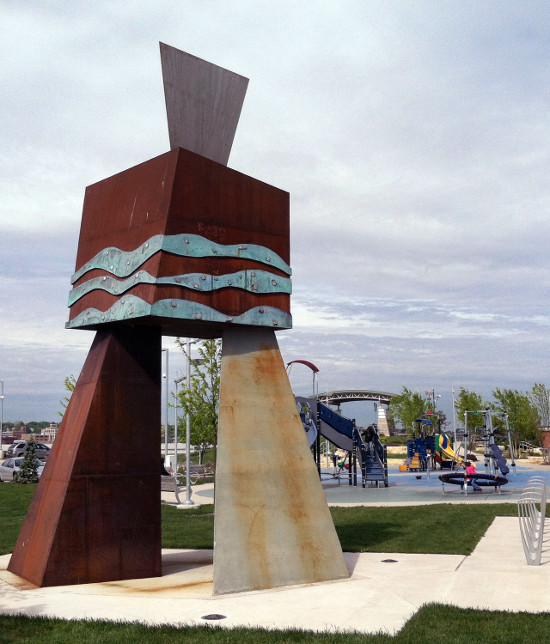
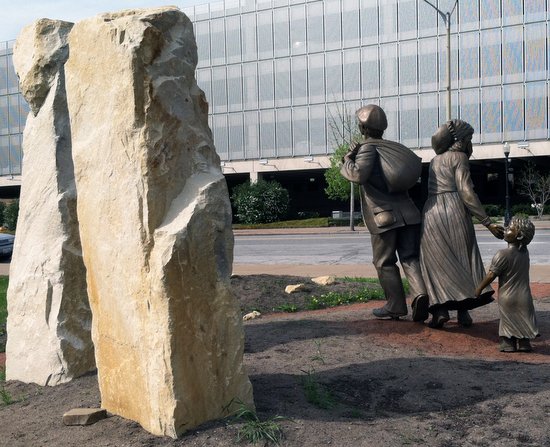
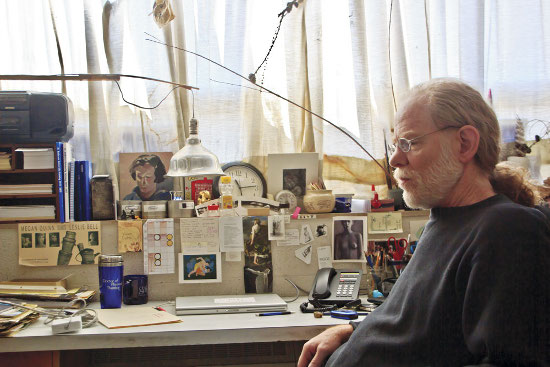
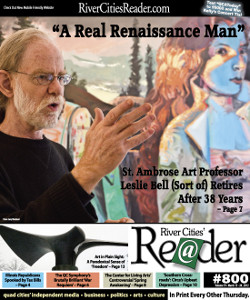 He then says he doesn't want to be cheesy - the simplistic idea that girls can be carpenters or play chess: "I want it to be more what we deal with everyday in the studio, which is following what you're interested in, sort out the 'should' voice in you ... , acknowledge that there is peer pressure and that there are societal pressures and that there are laws, but then make as much use of the freedoms that you have to cultivate your interests, develop your interests, don't be ashamed to be an intellectual, fight me as a professor ... ."
He then says he doesn't want to be cheesy - the simplistic idea that girls can be carpenters or play chess: "I want it to be more what we deal with everyday in the studio, which is following what you're interested in, sort out the 'should' voice in you ... , acknowledge that there is peer pressure and that there are societal pressures and that there are laws, but then make as much use of the freedoms that you have to cultivate your interests, develop your interests, don't be ashamed to be an intellectual, fight me as a professor ... ."